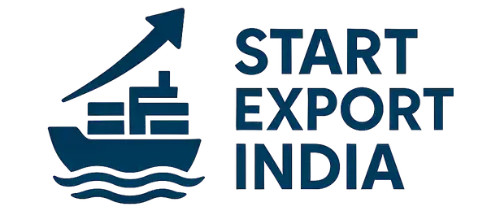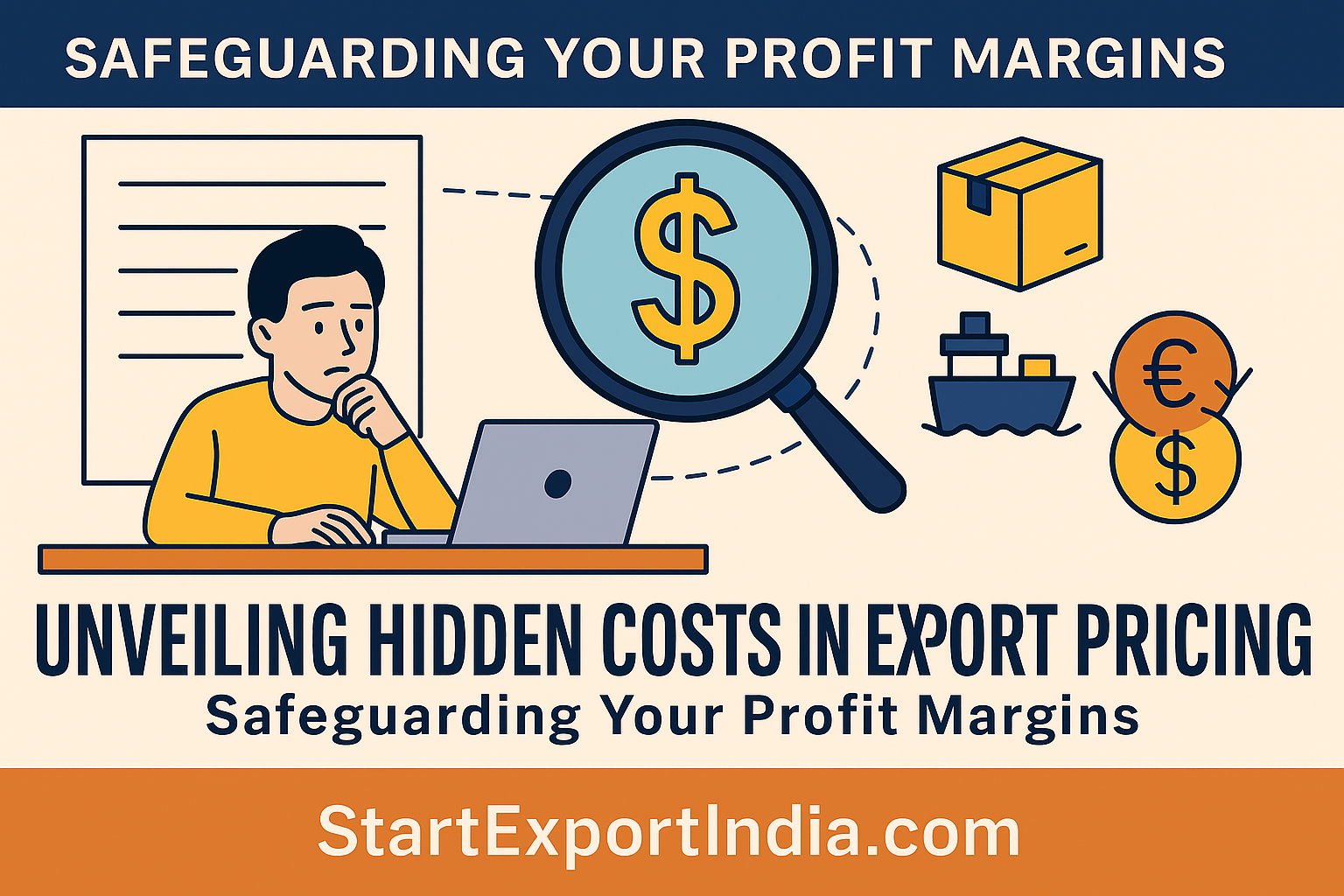In the dynamic world of international trade, accurately pricing your exports is crucial. While many exporters focus on the primary costs, overlooking ancillary expenses can significantly diminish profit margins. Understanding and accounting for these hidden costs is essential to maintain profitability and competitiveness.
The Common Pitfall: Oversimplified Pricing
A prevalent mistake among exporters is calculating the selling price using a simplistic formula:
Product Cost + Desired Profit = Selling Price
For instance, if your product costs $5 and you aim for a $2 profit, you might set the selling price at $7. However, this approach neglects several additional expenses incurred during the export process.
Comprehensive Cost Breakdown: A Realistic Approach
To ensure profitability, it’s imperative to incorporate all associated costs into your pricing strategy. Here’s a detailed breakdown based on a CIF (Cost, Insurance, and Freight) basis:
- Product Cost: $5.00
- Packaging: $0.20
- Local Transportation to Port: $0.15
- Port Charges: $0.10
- Export Documentation: $0.05
- Freight to Buyer’s Port: $0.50
- Marine Insurance: $0.05
- Desired Profit: $1.00
Total CIF Price: $7.05
By omitting these additional costs, you risk underpricing your product, leading to diminished or negative profit margins.
Strategies to Identify and Manage Hidden Costs
- Develop a Comprehensive Cost Checklist: Enumerate all potential expenses, including packaging, transportation, port fees, documentation, freight, and insurance.
- Understand Incoterms: Familiarize yourself with international commercial terms like FOB (Free On Board), CIF, and DDP (Delivered Duty Paid) to clearly define cost responsibilities between buyer and seller.
- Consult with Freight Forwarders: Engage with logistics professionals to obtain current freight rates and port charges, ensuring accurate cost estimations.
- Monitor Currency Fluctuations: Exchange rate volatility can impact profitability. Consider using financial instruments or pricing strategies to mitigate currency risks.
- Regularly Review and Update Pricing: Global trade dynamics are ever-changing. Periodically reassess your pricing structure to adapt to new costs or market conditions.
Conclusion
Accurate export pricing extends beyond the basic cost-plus-profit model. By diligently accounting for all associated expenses and staying informed about international trade practices, exporters can protect their profit margins and build sustainable businesses.
At Start Export India, we’re committed to empowering exporters with the knowledge and tools necessary for success in the global marketplace. For personalized guidance and resources, feel free to reach out to our team.




